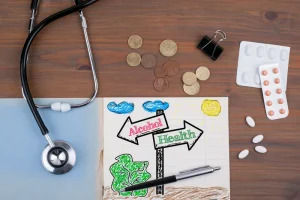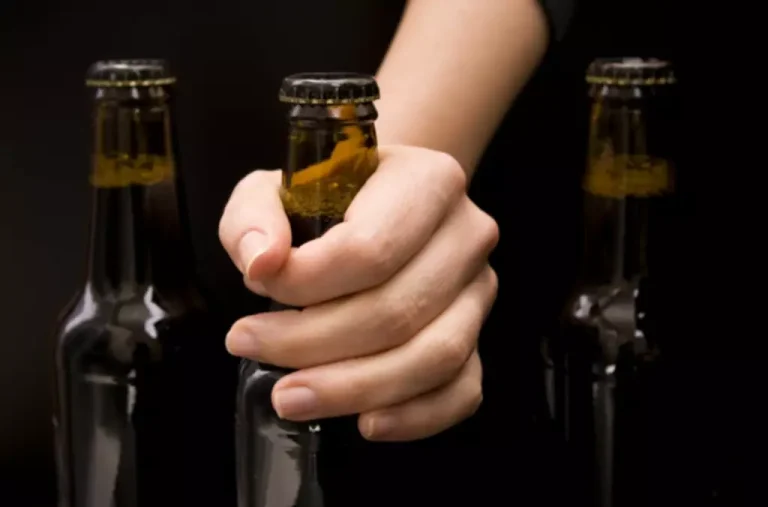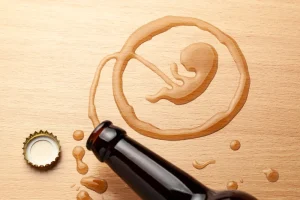
Alcohol-use disorders fall into the ‘avoidance’ category of PTSD symptoms, because often the person is using alcohol as a way to escape their memories. Ultimately, each veteran’s experience is unique, and there is no experience that you have to go through to be considered traumatized. Emotion dysregulation has also been linked to alcohol-related consequences. Furthermore, negative mood regulation expectancies explained unique variance in predicting problem drinking, even after accounting for age, gender, and alcohol consumption. Further, women are more likely to experience a traumatic experience due to disproportionately being affected by domestic violence, sexual abuse, and sexual assault. Women affected by PTSD are more likely to use alcohol after the trauma experience, whereas men seem to be more likely to use other substances.

Addiction Treatment
A blackout is not the same as “passing out,” which means either falling asleep or losing consciousness from drinking too much. Working with your doctor on the best way to reduce or stop your drinking makes cutting back on alcohol easier. If multiple people report similar details, intoxicated or not intoxicated, then their testimonies will be given more weight. Because in general, DeCarlo said, a single intoxicated witness cannot stand alone to convict someone of a crime. Corroboration from other witnesses ptsd alcohol blackout or physical evidence are essential in these cases, though often difficult to obtain. That’s because memories are unstable and vulnerable to change early after an event.
Alcoholic Life Expectancy: Using Calculators and Examining Overall Impact of Alcohol Abuse
Being a present-focused strategy, it does not require recalling past memories, which can be particularly beneficial for those at risk of relapse. Start by creating a list of your “whys.” Why do you want to change your relationship with alcohol? It’s a good practice to keep this list at the back of a notebook, allowing you to add to it over time.
The Not-So-Obvious Spectrum: Understanding Alcohol Usage Disorder
- Someone who experiences changes in mood or depressed feelings when drinking alcohol in addition to PTSD symptoms may be more likely to continue to drink excessively.
- In many cases, those with PTSD may resort to alcohol to cope with symptoms they find unbearable.
- In their pursuit of relief, some individuals turn to alcohol as a form of self-medication, to numb their symptoms and flashbacks, or to try to feel a bit more in control of their thoughts and daily life.
That’s largely because the parts of your brain responsible for decision-making aren’t fully matured until around age 25. Despite this, intentional binge drinking has been a common practice among young adults. There are two types of blackouts; they are defined by the severity of the memory impairment. The most common type is called a “fragmentary blackout” and is heroin addiction characterized by spotty memories for events, with “islands” of memories separated by missing periods of time in between. While you are still in control of your actions during a blackout, your ability to make decisions can be greatly impaired.

Blackouts

Specifically, participants indicated how often in the last year they were “unable to remember what happened the night before because you had been drinking.” Response options ranged from 0 (never) to 4 (daily or almost daily). The difference between a brownout and a blackout is that brownouts involve partial memory loss. With a brownout, you may be able to remember certain details from the period of time you were affected, but other portions of time can’t be recalled. Research indicates that blackouts are more likely to occur when alcohol enters the bloodstream quickly, causing the BAC to rise rapidly. This could happen if someone drinks on an empty stomach or consumes large amounts of alcohol in a short amount of time.

- For those suffering from complex PTSD and alcohol abuse, integrated treatment approaches work best.
- Moreover, 60% of individuals who take CBT recover from substance abuse effectively.
- Furthermore, the environment at PCP is designed to promote recovery by offering continuous professional support and therapy.
Back in the 1980s, when PTSD wasn’t officially recognised, it was termed shell shock or combat fatigue. This implied that soldiers who were a part of World War I and II faced severe trauma due to heavy bombardment. Sexual abuse has also been a significant traumatic event, leading to PTSD, especially in women. The resultant psychological and physical symptoms were categorised as war neurosis. And sometimes alcohol usage disorders are simply a comorbidity that appears alongside PTSD, without one necessarily causing the other.
- Treatment programs need to incorporate interventions that address these dissociative symptoms.
- Individuals who develop PTSD are more likely to develop alcohol dependence.
- During a blackout, people can carry on conversations and complete complex tasks.
- It is possible that for our sample, which was a college attending and non-treatment seeking group, difficulties controlling impulses when upset play less of a role in alcohol-related consequences than in individuals seeking treatment.
Consider making weekend mornings a dedicated period for activities that help you unwind and relax. Look for https://ecosoberhouse.com/ wellness activity groups that align with your interests, whether it’s walking, meditation, yoga, or even adventurous experiences like wild swimming. The mission at SoberBuzz is to empower you to step into the exciting opportunity of reconnecting with your true self. Along this transformative path, you will acquire essential life skills and tools to effectively manage your emotions and confront life’s challenges without relying on alcohol as a crutch. Alcohol is a depressant, which means it can exacerbate PTSD symptoms such as anxiety and depression.
